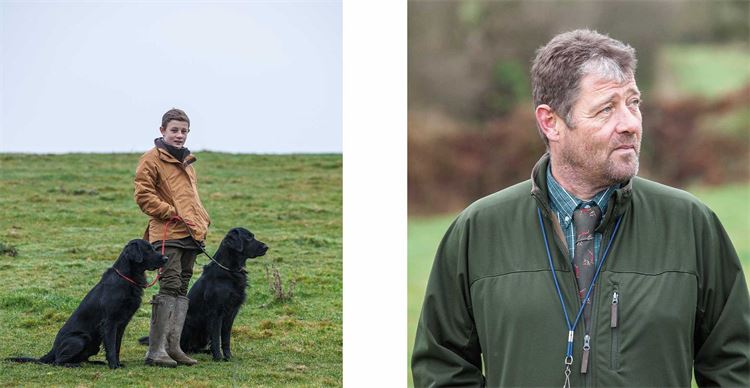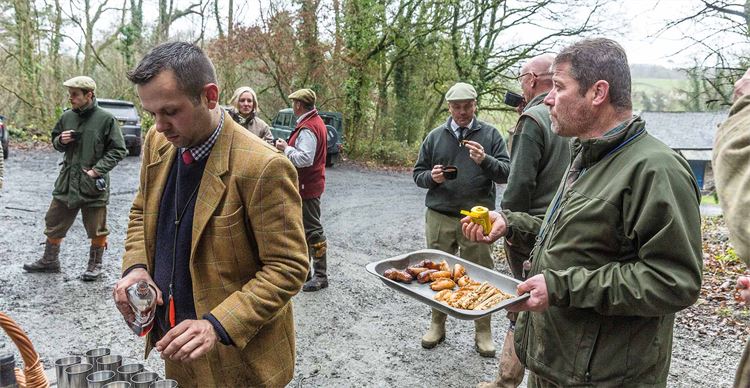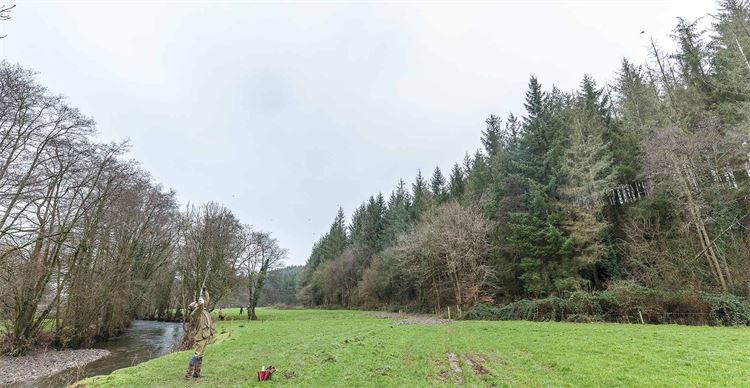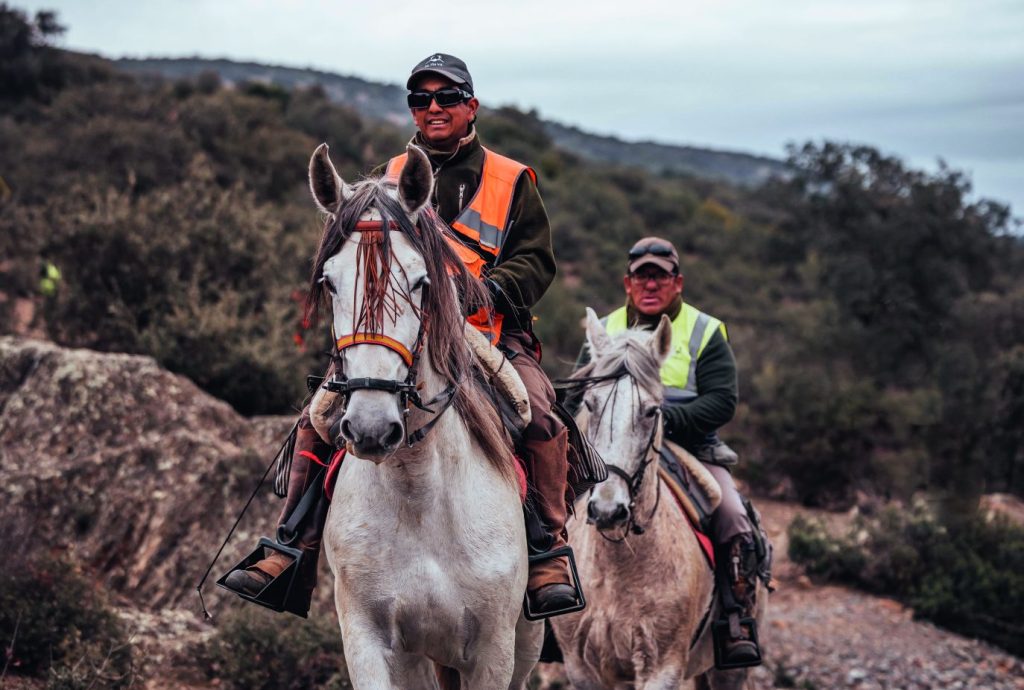Temple shoot
The Temple shoot in North Devon is a positive example of how a hard-working team with a sound awareness of the challenges which face shoot managers can create something exciting.
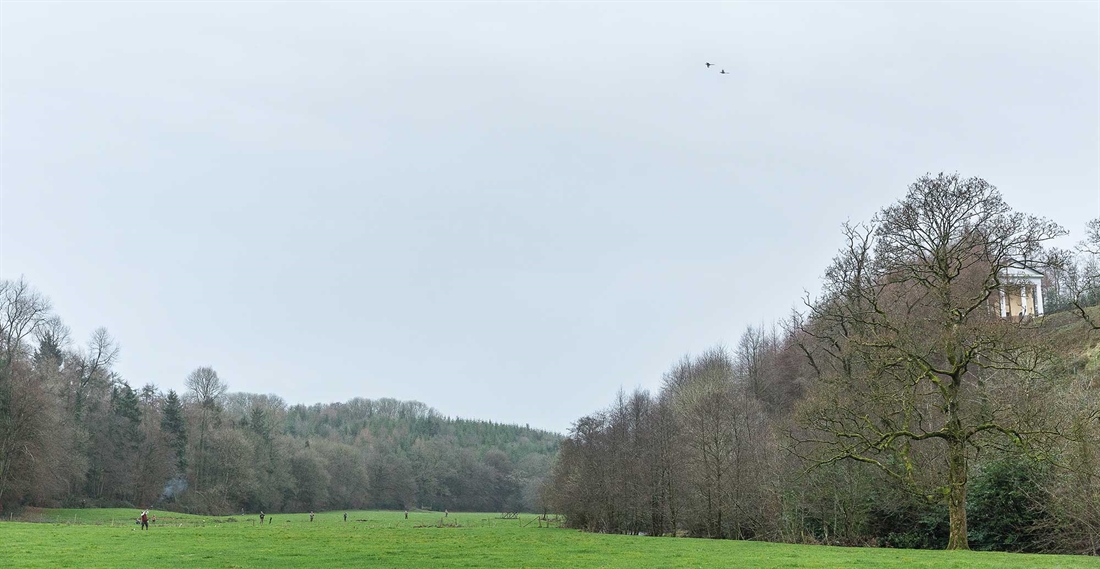
For those lucky enough to get their fix of game shooting by way of generous invitation or through involvement with a local muck-in-and-make-the-most-of-it syndicate, it’s quite easy to lose track of how much a let day’s driven game shooting costs.
I’ve seen this first-hand with friends who fit nicely into the above bracket. They enjoy several seasons of shooting on one another’s farms, perhaps find themselves on the odd day through work, but when it comes to buying a let day – which might only happen very occasionally – they are shocked to find it’s going to cost them a lot more than anticipated.
It’s not uncommon today to part with a hefty sum for a single day’s sport. Indeed, those who yearn to stand at a peg in one of the sought-after valleys of Yorkshire, Devon or Northumberland, for example – where the birds can be tall and offer a different kind of challenge – the financial outlay can seem eye-watering.
How often do we really stop and consider just why prices are what they are, though? Because in the majority of cases, there is very good reason. And a better appreciation of these reasons makes a good day’s shooting all the sweeter, and far easier to justify when the next bank statement lands on the doormat.
I always enjoy learning as much as possible about a shoot that I attend – not only for the sake of interesting articles, but for my own enjoyment and better distinction between days as memories fade with time. So on receipt of a kind invitation last season from Claire Zambuni and Jeremy Boyd to shoot at the Temple shoot, near Filleigh in North Devon – what would be my first experience of driven Devon pheasants with a gun in my hands instead of a notepad – I was eager to learn more.
As it turned out, Jeremy is the ideal person to quiz about the challenges of establishing and running a successful shoot on Exmoor, having only taken on the lease at Temple in 2015. With a wealth of experience amassed whilst managing similar operations in the area, he would operate as shoot manager on the 2,500-acre patch of wooded banks, grass valleys and thickets which sits on the family side of the famed Castle Hill Estate in the Bray Valley.
“Temple shoot was originally set up as a gentlemen’s syndicate by Alan Milton when he left the Miltons shoot in the Exe Valley,” Jeremy explained over breakfast on the day of my visit. “It was then run by Dick Cawthorne for 25 years.” Most likely catching wind of Jeremy’s success at the nearby Hall shoot – where he began helping out with the keepering in 1991, before acquiring the shooting rights in 2001 – long-time owners Lord and Lady Arran approached Jeremy with a desire to restore the shooting at Temple to its former glory.
“I have been involved with the deer management over land which included the Temple shoot for years, so I was very familiar with what it had to offer,” he continued. “It is also only about five miles from Hall, so gave me the perfect option for back-to-back days.
“In our first year, we built new release pens and repaired and created new tracks. We also totally renovated the shoot lodge – one of our prize assets.”
There’s no doubt a lot of work and investment goes into reaching the stage at which a shoot can compete in what is a crowded market, especially one that has changed hands so recently. “Few people realise the sheer expense of running a commercial shoot, or the work and commitment involved behind the scenes,” acknowledged Jeremy. “Starting from scratch, the costs involved are huge, and then, of course, days must be marketed well and sold to ensure the cashflow is there to keep everything rolling.”
The list of fixed costs is a long one: staff salaries, housing, rent, dog allowances, insurance, depreciation. And there are many variable costs, too: birds, feed, pay packets for beaters and pickers-up, seed/fert/chemicals for game crops, catering, pen materials, fuel, advertising, veterinary medication…
“Of course, we cannot ignore the increasing supply of game into the food chain now, either, resulting in virtual non-payment for shot game,” admits Jeremy. “This is a worrying topic and highlights the importance of Guns ensuring they are taking days on responsible shoots which adhere to good practice.”
For much of last season, the weather was far from ideal; mild conditions with little or awkward wind had made things difficult on many of the days for Jeremy, headkeeper Daniel Hartford and the team. Luckily for us, the weather was slightly more favourable, although warm for late December.
As our day unfolded, important details pointed to Jeremy’s experience. The team of seven pickers-up were well-positioned to account for the shot birds, pegs were nicely spaced, and elevenses (soup, sausages and pastries) were relaxed and encouraged Guns to mix and reflect on the morning’s fun.
Happily, the shoot was not manicured, over-tidied or pretentious, either, but rather an accurate reflection of Jeremy – a man who started shooting pigeons and rabbits at the age of 12, before joining the Army in his teens and then developing a passion for deer management and big game hunting all over the world. He clearly gets shooting.
A day at Temple kicks-off and concludes at the shoot lodge – a rustic and characterful building with exposed stone, big, old, wooden beams, taxidermy, mounted heads and the skins of African animals. It’s a proper shooting lodge and a fine place to draw pegs in the morning and retire to for a meal at the end of the day.
Those who book a peg on any of the 25–30 driven days a season at Temple can expect a great deal of variety when it comes to the shooting, too. Bag sizes of 250–300 are typical and achieved over four or five of the 10 main drives on the estate. The first drive of our day, for example, saw the Guns line out parallel to a thick hedgerow in a grass field and the beaters carefully work to a point from two lengths of an ‘L’-shaped plot of maize and kale. The birds – purely pheasants (bazanty x kansas) – could be seen approaching from several hundred yards away. In contrast, the positioning of the pegs on Bray and Highbray Oaks gave us Guns far less time to contemplate our shots. On both drives, the line stood much closer to and even inside mature deciduous woodland, and the birds powered overhead.
But it was the final drive of the day that left the greatest impression. It was here, on the aptly named Temple drive, with the elegant stone structure which gives the shoot its name atop the high bank in front of us, Jeremy and his team presented something entirely different. Pheasants appeared as black shapes in the distance, climbing over the tree-line before taking a few more powerful flaps of their wings and then setting them wide – dipping, curling and soaring at hard-to-judge speeds.
Amongst the small flushes on that final drive were a good number of stand-out, make-your-day type birds – killable but very impressive. And yet, reflecting on the day with photographer Richard Faulks during our long journey back to Lincolnshire, I couldn’t help but feel that I’d derived just as much enjoyment from learning more about a shoot with exciting new plans, under the management of a team with a realistic grasp of the challenges which lie ahead of them.
Drives: Townhouse, Bray, Highbray Oaks & Temple
Contact:
Tel. 01769 540672
Related Articles
Get the latest news delivered direct to your door
Subscribe to Fieldsports Journal
Elevate your experience in the field with a subscription to Fieldsports Journal, the premium publication for passionate country sports enthusiasts. This bi-monthly journal delivers unparalleled coverage of game shooting, fishing and big game across the UK and beyond.
Each issue offers a stunning collection of in-depth features, expert opinions and world-class photography, all presented in a timeless yet contemporary design.
Save 10% on shop price when you subscribe, with a choice of packages that work for you. Choose from Print & Digital or Digital only with each journal delivered directly to your door or via the app every other month, plus access to past issues with the digital back issue library.






